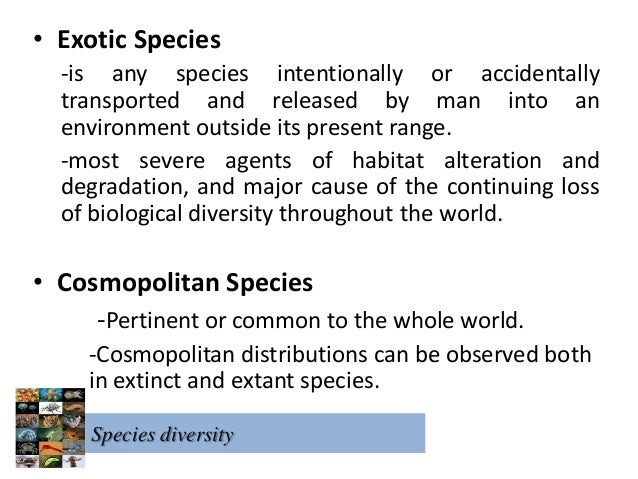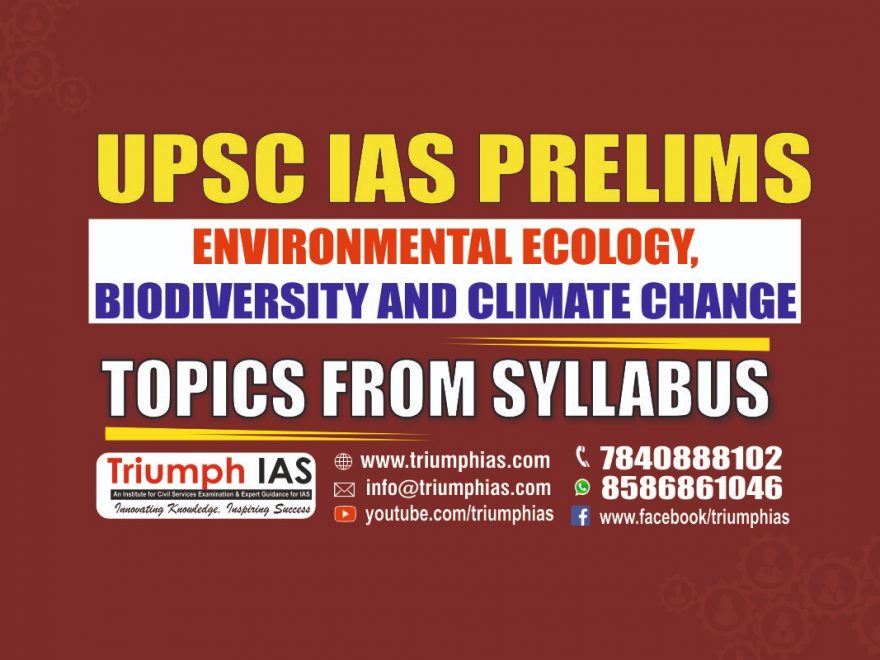Why in news?
• The Ministry of Environment, Forest and Climate Change has issued an advisory to streamline and formalise the process of importing live exotic animals.

• Many exotic species of birds, reptiles and amphibians are imported into India for commercial purposes.
Key highlights regarding the advisory:
Exotic Animals:
• The word exotic does not have a set definition but it usually refers to a wild animal or one that is more unusual and rare than normal domesticated pets like cats or dogs.
• These are those species which are not usually native to an area and are introduced to an area by humans.

• The advisory has defined them as those that are mentioned under the Appendices of the Convention on International Trade in Endangered Species of Wild Fauna and Flora (CITES) but not under the Schedules of the Wild Life (Protection) Act, 1972.

• The major reason for issuing the advisory is to regulate trade because the issue of zoonotic diseases is linked to wildlife. With this advisory, it will be known how many such exotic animals are there in the country.
Key provisions:
• For import and disclosure of exotic animals and their progeny already in India.
• A person trying to import a live exotic animal will have to submit an application for grant of a licence to the Director-General of Foreign Trade (DGFT), under the Ministry of Commerce and Industry.
• Earlier, these imports were happening though the DGFT but they were beyond the purview of the forest departments and the chief wildlife wardens were not aware of them.
• The importer will also have to attach a No Objection Certificate (NOC) of the chief wildlife warden of the state concerned along with the application.
• For those people who have already imported exotic animals, a declaration will have to be made within six months.
• However, if the declaration is made after six months, documents related to the provenance of the animal will have to be submitted.
Criticism:
• Being an advisory, it does not have the force of law and can potentially incentivize illegal trade by offering a long amnesty period.
• Matters such as the spread of invasive species as well as zoonotic diseases had not been taken care of in the advisory.
• The growing domestic trade in exotic species of wildlife is not listed under the various appendices of CITES (such as sugar gliders, corn snakes), which limits the scope of the advisory itself.
• There is no mention of the welfare standards of captive facilities that could lead to ‘legal’ backyard breeding of wildlife with poor to no welfare concern of the wild animals involved.
• There will be a high chance of transmission of pathogens across the species barrier if the ministry fails to issue any consequent guidelines on maintenance and care of animals in different facilities.
Way ahead:
• The advisory should be appreciated for its effort to introduce some regulation even though India’s regulation of the trade in exotic animals is severely lacking.
• Proper regulations are required for the exotic animal trade which take into account its true risks and costs.
For more such notes, Articles, News & Views Join our Telegram Channel.
Click the link below to see the details about the UPSC –Civils courses offered by Triumph IAS. https://triumphias.com/pages-all-courses.php

